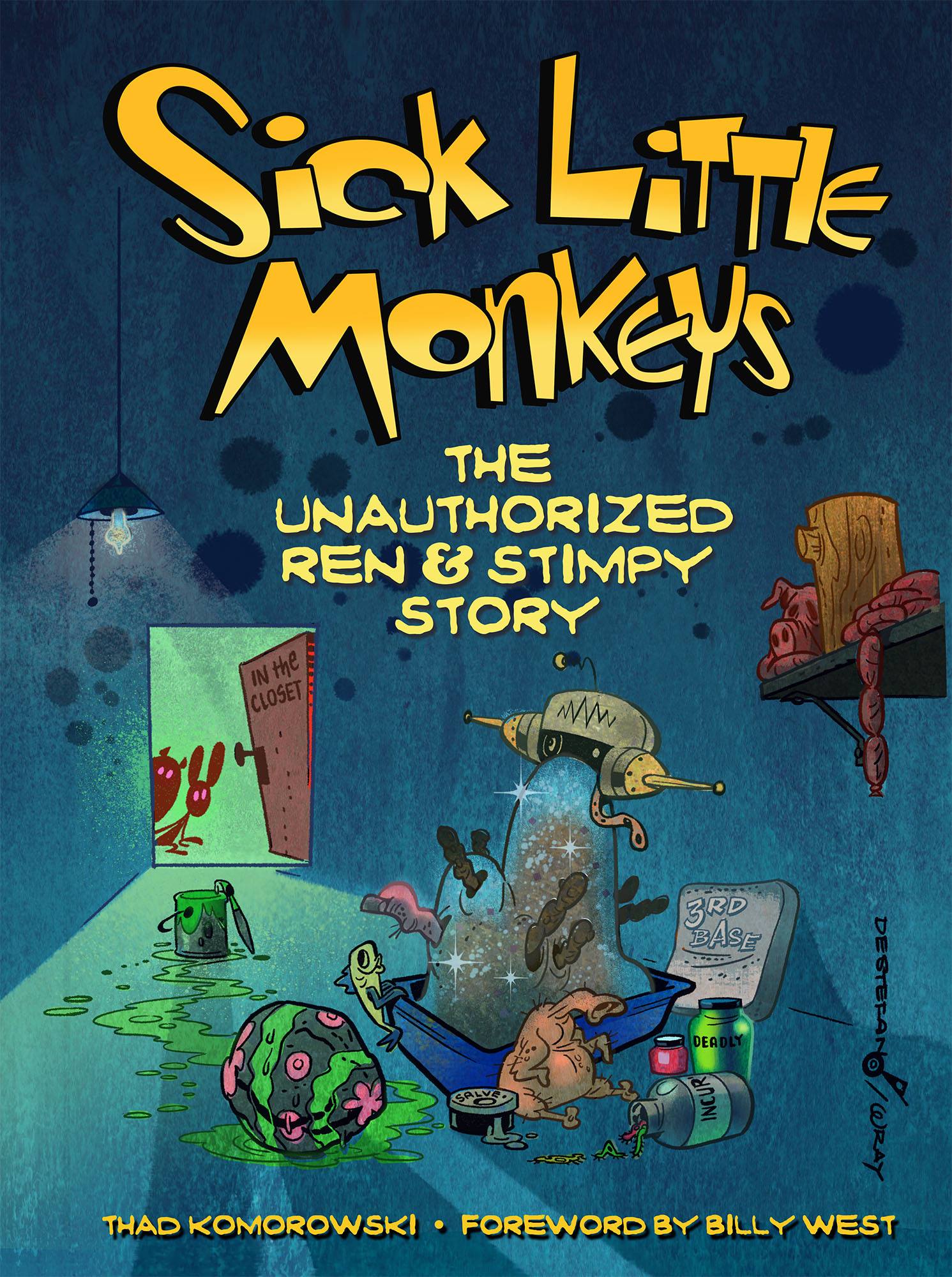In trying to get a buzz going about him again, I’ll be posting my favorite of all the Mickey Mouse serials by Floyd Gottfredson, Mickey Mouse Joins the Foreign Legion.
By and large, handsome and charming drawing/movement was about all the animated Mickey Mouse had in its favor. Animation by masters Fred Moore, Bill Tytla, Les Clark, and Ken Muse of the character will always remain useful in analyzing bygone principles of the art form. But the character itself never had much in the way of personality. The early black-and-white shorts borrow from Otto Messmer’s mischievous Felix, with none of the imagination; the color Mickey regressed into a framing device for funnier and more interesting characters. This is why the mouse is, really, a bit of a failure as a star of animated comedy shorts. Mickey Mouse just isn’t funny.
This is the problem Floyd Gottfredson had to get around when handling Mickey on a day-to-day basis: how to make this rodent interesting. The decision to make the strip a serio-comedy strip like Segar’s Popeye was one that allowed this major retooling of the character to happen. Gottfredson used the charm of the character as basic groundwork, mixing in senses of bravery, loyalty, and resourcefulness that the animated mouse never had. Whereas the movie mouse had fake charisma that audiences to this day still eat up, the printed mouse’s was genuine.
Walt Disney himself helped Gottfredson put these seeds in place in the important 1930 Death Valley story (along with introducing lawyer character Sylvester Shyster the Crooked Jew, a creation of Walt’s own hand), but the strip would degenerate into gag stories soon enough. 1932 was the year Gottfredson came into his own with the epic MM Sails for Treasure Island and Blaggard Castle, combining a righteous helping each of drama, pathos, and humor to make the Mickey Mouse daily strip a milestone in comic history.
At the time of this strip, 1936, Gottfredson was at his zenith as a storyteller and artist, and had not only developed Mickey into a formidable hybrid of Andy Hardy and Errol Flynn, but also accomplished the unthinkable: he made Minnie interesting too. No longer was she just a framing device, but a strong woman who stands by her man and can take the dangers that come with it (unlike the overbearing bitch Daisy Duck was in Carl Barks’s world). Unfortunately, Foreign Legion is not the best example of this, though I would recommend seeking out 1934’s Captive Castaways, or 1938’s Monarch of Medioka, both of which showcase the rarity of feminine funny animal ingenuity.
Here is the first installment of the story, as it appeared in newspapers from March 23rd to April 25th, 1936. Inking by Ted Thwaites, and scripting by Ted Osborne.

